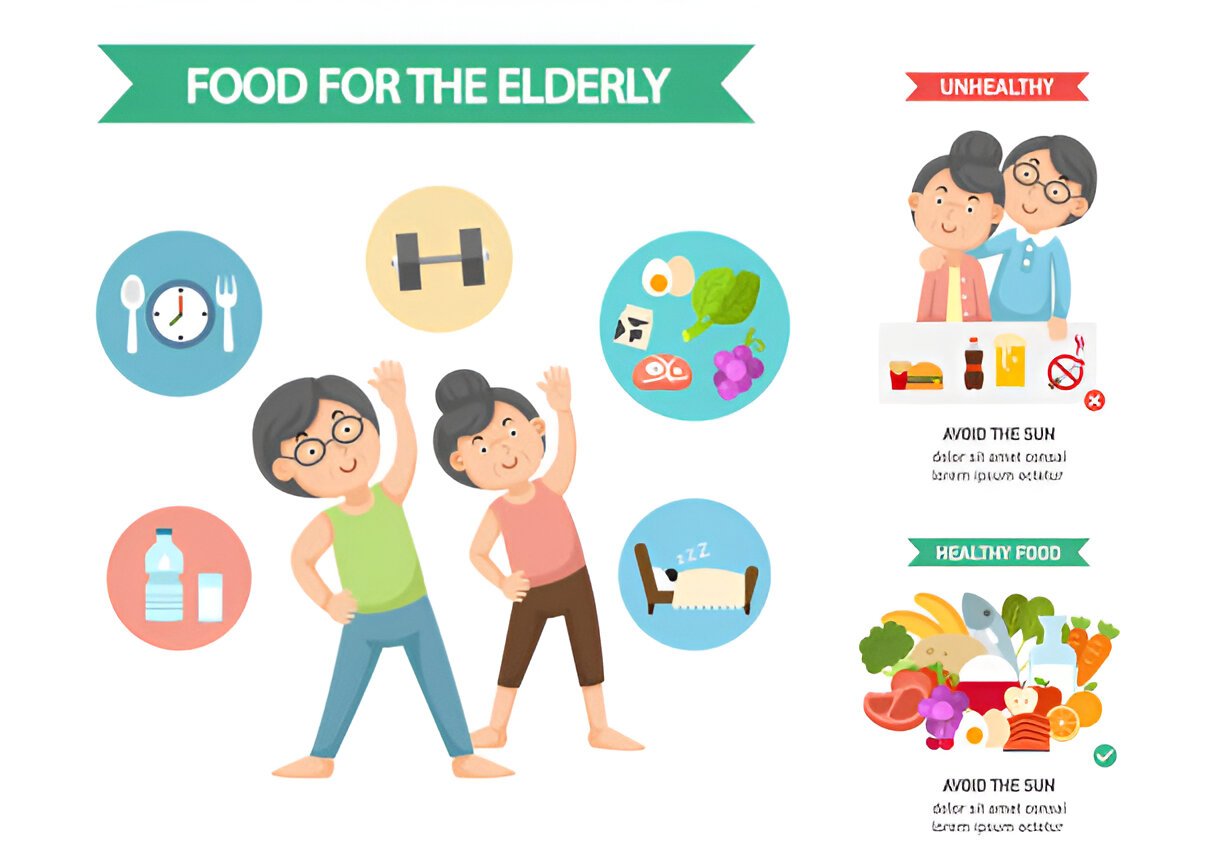
Creating a healthy meal plan is a powerful way to stay on track with your nutrition goals. Whether you’re looking to lose weight, maintain a healthy lifestyle, or simply eat more balanced meals, a well-thought-out meal plan can make the process easier, more efficient, and enjoyable. By taking the time to plan ahead, you can save time, reduce stress around mealtime, and ensure that you’re eating nutrient-dense foods that support your overall health.
In this blog, we’ll walk you through the essential steps of building a healthy meal plan that works for you. From understanding the key components of a balanced diet to tips for meal prepping, we’ll provide practical advice to help you achieve your nutritional goals.
Step 1: Understand the Key Components of a Healthy Meal
A healthy meal should consist of a balance of macronutrients and micronutrients to fuel your body, support energy levels, and maintain optimal health. Focus on the following components:
- Protein: Protein is essential for muscle repair, immune function, and keeping you full. Good sources include lean meats, poultry, fish, eggs, legumes, tofu, and dairy.
- Healthy Fats: Healthy fats are vital for brain health, hormone production, and absorbing fat-soluble vitamins. Include sources like olive oil, avocado, nuts, seeds, and fatty fish (like salmon).
- Carbohydrates: Carbs are your body’s main source of energy, so choosing the right kinds of carbs is important. Focus on whole grains (like quinoa, brown rice, and oats), starchy vegetables (sweet potatoes, squash), and fruits.
- Fiber: Fiber aids digestion, promotes a healthy gut, and keeps you feeling full longer. Include plenty of vegetables, fruits, legumes, and whole grains in your meals.
In addition to these macronutrients, don’t forget micronutrients such as vitamins and minerals, which are essential for a variety of body functions. A colorful plate filled with fruits and vegetables will ensure you’re getting a wide range of these nutrients.
Step 2: Plan for Balanced Meals
When building your meal plan, it’s helpful to ensure that each meal is balanced, meaning it includes protein, healthy fats, and carbohydrates. Here’s a breakdown of how a balanced meal might look:
- Breakfast: A whole grain like oatmeal (carbs), topped with nuts or seeds (healthy fats), and a source of protein like Greek yogurt or eggs.
- Lunch: A salad with leafy greens (fiber), grilled chicken (protein), avocado (healthy fats), and quinoa or beans (carbs).
- Dinner: Grilled salmon (protein, healthy fats), roasted sweet potatoes (carbs), and steamed broccoli (fiber).
- Snacks: A handful of almonds (healthy fats and protein) with a piece of fruit (carbs) or hummus (protein and healthy fats) with carrot sticks (fiber).
By including a variety of nutrient-dense foods in each meal, you can help ensure that you’re meeting your body’s needs throughout the day.
Step 3: Include Variety and Seasonal Ingredients
Eating a wide variety of foods not only helps prevent meal fatigue but also ensures that you’re getting a diverse range of nutrients. This is especially important when it comes to fruits and vegetables, as different colors often indicate different vitamins and minerals.
- Choose Seasonal Produce: Eating fruits and vegetables in season is a great way to enjoy fresh, flavorful ingredients at a lower cost. Seasonal produce is often packed with more nutrients because it’s harvested at its peak ripeness.
- Vary Protein Sources: While chicken, turkey, and beef are common protein choices, try incorporating plant-based proteins like lentils, chickpeas, and tofu, or lean fish like cod and tilapia.
- Incorporate Global Cuisines: Trying different cuisines, such as Mediterranean, Asian, or Latin American dishes, can expose you to new ingredients and flavor combinations, making your meals both exciting and nutritious.
Step 4: Meal Prep and Batch Cooking
Meal prepping is a powerful tool for ensuring that you stick to your healthy eating goals, especially when life gets busy. By dedicating some time each week to preparing meals in advance, you can save time and reduce the temptation to reach for less healthy options.
Here are a few tips to get started with meal prepping:
- Cook in Batches: Prepare large portions of proteins, grains, and vegetables that can be mixed and matched throughout the week. For example, cook a big batch of brown rice, grilled chicken, and roasted vegetables, then store them in the fridge for easy access.
- Use Containers: Invest in good-quality food containers to store your meals. These will help you keep portions controlled and ensure that your meals stay fresh.
- Prepare Snacks Ahead of Time: Portion out healthy snacks like fruit, nuts, and yogurt into individual servings so that you always have something nutritious on hand when hunger strikes.
- Make Freezer-Friendly Meals: Soups, stews, and casseroles can be easily frozen and reheated, making them a great option for busy days.
Step 5: Be Flexible and Realistic
While meal planning is a great way to stay on track, it’s important to remain flexible and realistic about your goals. Life happens, and sometimes you may need to adjust your plan. Be prepared for the unexpected, and remember that it’s okay to deviate from your meal plan occasionally.
Here are some strategies for staying flexible:
- Allow for Leftovers: Make extra portions so you can enjoy leftovers throughout the week. This saves you time and ensures you’re not wasting food.
- Have a Backup Plan: Keep healthy, easy-to-make meals or ingredients on hand for times when your plans change or when you don’t have time to cook. Frozen vegetables, whole grains, and canned beans are excellent pantry staples.
- Enjoy Meals Out: Dining out or ordering takeout doesn’t mean abandoning your healthy eating goals. Many restaurants offer healthy options such as grilled proteins, salads, and vegetable-based dishes. You can always make small adjustments to fit your meal plan.
Step 6: Stay Consistent and Evaluate Your Progress
Building a healthy meal plan is an ongoing process that requires regular evaluation. Take the time to assess how you’re feeling physically and mentally after following your meal plan for a week or two. Are you feeling more energized? Are your meals satisfying and nutritious?
Make adjustments as needed. If you find that you’re feeling hungry between meals, you may need to add more protein or healthy fats to your meals. If you’re not enjoying certain meals, switch them out for alternatives that better suit your taste preferences.
Conclusion
A healthy meal plan is a valuable tool that can help you take control of your nutrition, support your overall health, and make mealtime a more enjoyable experience. By planning balanced meals, incorporating variety, and prepping ahead of time, you’ll be on your way to eating more nutritious and delicious meals throughout the week. Remember, consistency is key, but flexibility is also important, so find a routine that works for you. With these tips, you’ll feel empowered to make healthier food choices and build a sustainable, enjoyable meal plan.












